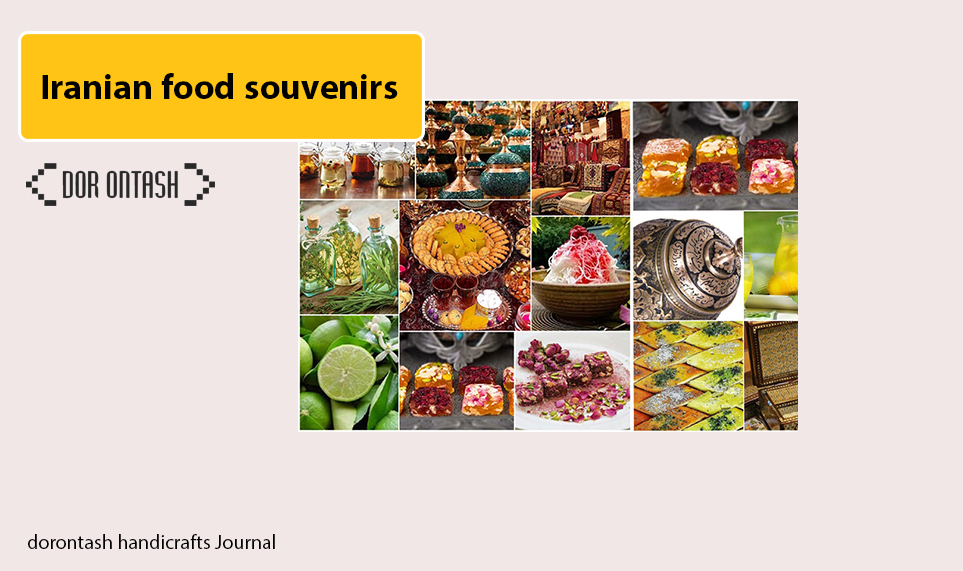In various Iranian handicrafts, we always see a variety of iranian knitting crafts with different qualities. The weaving technique and its exploitation, in addition to its boundless efficiency, also gives a special beauty to the weaving of Iranian handicrafts. The handicrafts of different cities of Iran are also known in many foreign countries and are exported to some countries as well. In the meantime, as one of the most important handicrafts of Iran, carpet has the highest demand inside and outside the country. Apart from carpets, all kinds of handicrafts are produced in different parts of the country.
Definition of handicrafts
In a comprehensive definition of handicrafts, we read: Handicrafts are works of art that are made using native raw materials of a region and with the manual techniques of artists and special and usually native tools of that region. In the identity of each craft, cultural, geographical features, national and regional beliefs, etc. are reflected.
History of traditional iranian knitting crafts
Old braids have been lost over time, and as a result, it will be very difficult to determine when the first braid was produced, and in other words, it may only be based on guesswork. Of course, some archaeologists have discovered pointed sticks and sticks in their excavations that may have been used for weaving in ancient times, but this has not been proven as it is also possible that they were used for something completely different.
The history of traditional Iranian knitting has a long history. The history of textiles in Iran goes back to the beginning of the Neolithic Age. In 1950, excavations were carried out in a cave near the Caspian Sea, during which pieces of cloth woven from sheep wool and goat hair were discovered. During the studies of archaeologists, it was found that the age of the pieces of cloth is about 6500 years. During the excavations conducted near Susa, two copper axes were discovered, which had a pattern of cloth on them, and the age of these axes is estimated to be 3500 years. In the early houses of the Iranian plateau, two sarks and creams were discovered, which archaeologists estimated to be about 5000 years old.
Basket weaving video iranian knitting crafts
iranian knitting crafts
Knitting is one of the types of crafts whose raw material is yarn. Weaving is the production of fabric that is done by weaving yarn. This art exists in most parts of the country and is not specific to a specific place. Knitting crafts have a large scope and various products are produced in these industries. These knittings will be done both by hand and by machine.
 Weaving in the Achaemenid era
Weaving in the Achaemenid era
During the Achaemenid rule, knitting handicrafts were very famous, especially in the field of weaving silk fabrics.
According to many historians, Alexander the Great wore fine Iranian fabrics from the time he arrived in Iran until his death, and this is a sign of the history of this art in our country. Also, during this period, the use of gold cloths, whose taropod was made of gold thread, was more produced.
iranian knitting crafts in the Safavid era
The peak period of Iran’s power and greatness goes back to the Safavid era. Many arts that were forgotten reached their peak again during the Safavid era. One of these arts is knitting crafts, which had become very rare before this era. During the Safavid era, because the king and the courtiers paid great attention to the aristocratic clothing, this industry has made significant progress.
When this government fell to the hands of Afghans, many of these arts went into decline in Iran. During the Afsharia, Zandiyeh and Qajar periods, no effort was made to reach the peak of handicrafts and it was a very painful period for Iranian art.
Crochet video iranian knitting crafts
All kinds of Iranian knitted handicrafts
There are many resources for classifying knitting crafts and other arts and crafts. These industries are divided into two categories: knitting handicrafts and machine handicrafts, in the following article we will discuss all the sub-branches of this art and examine them. It is very interesting to know the types of knitted handicrafts.
Knitting handicrafts in Iran are classified as follows:
• Dari traditional weaving industries: including hand-woven carpets and rugs, carpet weaving, zulu and gebe
• Traditional woven fabrics: including jajim, fabric and plus
Various fabrics have been preserved from Iran’s past, among which we can mention zari fabrics, embossed velvets, Abba, night tent, silk fabrics woven by Kalat Nader and Yousef Abad, cashmere, barak, shamad, rugs, curtains, ihrami, etc.
• Sewing on fabric: including needlework, patchwork, pattern embroidery, tapestry embroidery, Bukhara embroidery, ribbon embroidery, crochet embroidery, Khosd embroidery and Zoroastrian embroidery.
• Sewing inside the fabric: including embroidery and spring embroidery
• Traditional embroidery: including braid embroidery, bead embroidery, forty-piece embroidery, sequin embroidery, coin embroidery and cash embroidery.
• Rattan weaves: including chigh weave, buria weave, bamboo weave and pearl weave
The common feature of all these traditional weaves is that two strands, either thread or mat, are used in the form of warp and weft, and by weaving or weaving and knotting, warp and weft are created, which become these beautiful traditional weaves.
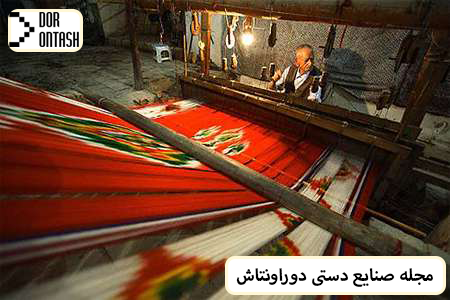 Traditional machine iranian knitting crafts:
Traditional machine iranian knitting crafts:
In this type of knitting crafts, they use machines instead of hands and cannot be considered handmade. But these devices themselves are generally handmade. In the rest of this section, we will mention the products that are produced by this method.
clothes:
Fabrics are one of the main and essential needs of people, and traditional and hand-woven fabrics are of higher quality. These fabrics are more delicate due to the use of natural materials and the way they are woven, and the art of hand will be evident in it. Among the traditional fabrics are:
Night tent:
One of the most important handicrafts is Chadorshab knitting, which is woven in the northern regions of the country. They will use silk or cotton thread to produce this product. This type of fabric is used for table cloth, on the bed, around the waist and even curtains.
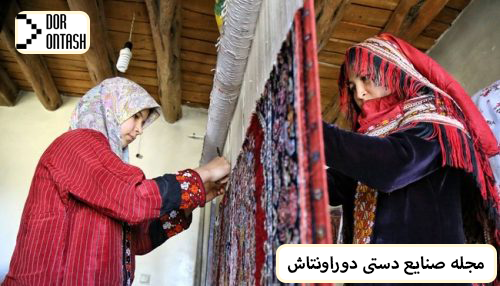 Velvet:
Velvet:
Velvet is another traditional handwoven fabric that is produced with yarn or silk. This type of fabric has delicate and soft piles and is considered one of the most exquisite and beautiful traditional fabrics. In the city of Kashan, velvet fabric is more popular.
Brick:
Berk is a type of thick hand-woven fabric that is used to sew men’s clothes. This fabric is found in Khorasan areas and they use camel or goat wool to weave it.
Jajim:
A woven jajim that is similar to a rug and is thicker than a carpet and has colored cotton stripes.
Shamad:
Shamd is a type of fabric that is woven with cotton and silk thread. You can find this fabric in the northern regions of the country, Shushtar and Behbahan.
Pluses:
Pluses have the same texture as Jajim, but the yarn used in it is less than Jajim, that’s why the quality of Pluses is lower. This type of knitting does not have a special role and is woven round.
Zari:
In the traditional zari fabric, silk, gold and wool are used for its texture. Zari has beautiful and authentic Iranian patterns that are woven in Yazd and Isfahan provinces.
Knitting video iranian knitting crafts
All kinds of iranian knitting crafts
In Dari knitting crafts, they use a frame called Dar. This thread is like a skeleton for the formation of the desired tissue. Also, depending on the type of performance, these doors are made horizontally and vertically. The weaver weaves the pattern of his choice by implementing the design of the car. Among these braids, the following can be mentioned:
rug
One of the types of hand-woven handicrafts is the Iranian hand-woven rug . This weave is without lint and is woven on horizontal and vertical looms. The most important feature of the carpet is the appearance of more colors of the textures, which is called podnema. They are also divided into one-sided and two-sided.
Handwoven carpets and rugs
One of the most popular handcrafts is the weaving of handwoven carpets and rugs, the most important characteristic of which is high quality and beauty.
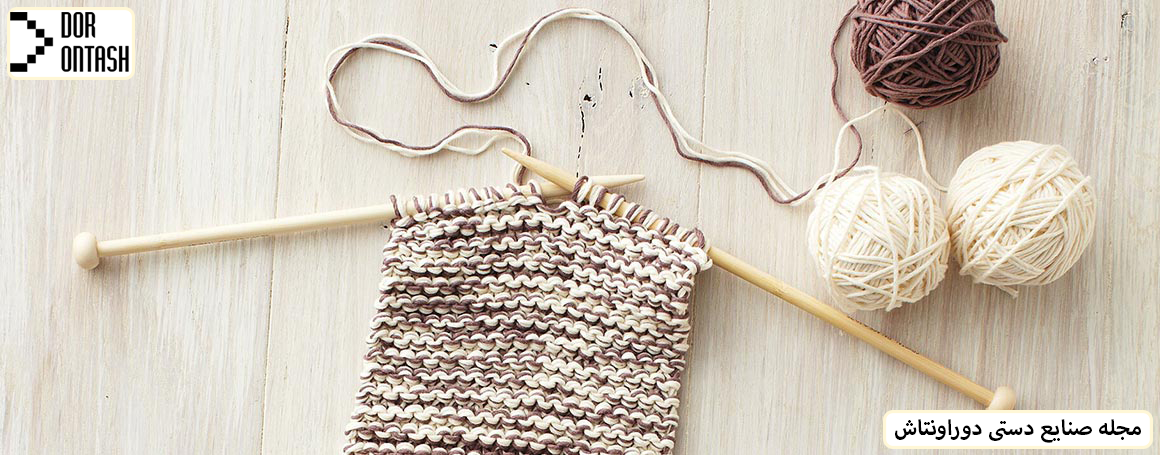 ass
ass
Gabbeh is another texture whose weft plays a more important role and softens the structure of the texture. This type of texture is fluffy and sometimes their fluff reaches one centimeter.
Zillow
It has a thicker texture than other knitted crafts and cotton is used for its texture. In rural areas, most of these zillos are woven and have a double-sided texture, and the design on it is different from the design below.
Giwa
One of the hand-woven handicrafts of Iran is giveh, this hand-woven handicraft is one of the masterpieces of Iran in the field of shoes, men’s and women’s giveh has extraordinary variety, quality and beauty. Women’s and men’s clothes are sold directly in Esrin specialized store.
Handicrafts of weaving mat weaving
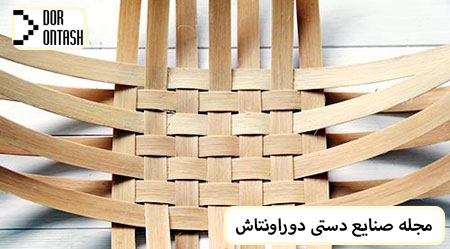 Straw reeds are used in these handmade weavings. Rattan weaves are not only used in flooring and underlays, but are also used to make baskets, hats and various dishes. Artists weave these products using mesh and twist textures, among which the following items can be mentioned:
Straw reeds are used in these handmade weavings. Rattan weaves are not only used in flooring and underlays, but are also used to make baskets, hats and various dishes. Artists weave these products using mesh and twist textures, among which the following items can be mentioned:
• Chigh Bafi: Chigh Bafi is a type of mat weaving that is woven by nomadic people.
• Boria Bafi: This type of wicker texture is used for the roof of mud houses.
• Bamboo weaving: this art is specific to the people of northern Iran. Because the raw materials of this art are reeds that are found in marshes. This art is used to make a variety of products such as chocolate bars, baskets, fruit bars, chandeliers, etc.
Sewing on fabric
- Needlework
- Golabton Dozi
- embroidery
- Embroidery pattern
- Tapestry embroidery
- embroidery
- Zoroastrian embroidery
- Crochet
- Embroidered tape
- Bukhara embroidery
- handmade jewelry
Sewing inside the fabric
- Embroidery
- spring embroidery
Traditional embroidery
- Braided embroidery
- sequin embroidery
- Embroidery
- Coin embroidery
- Forty-piece embroidery
- beadwork
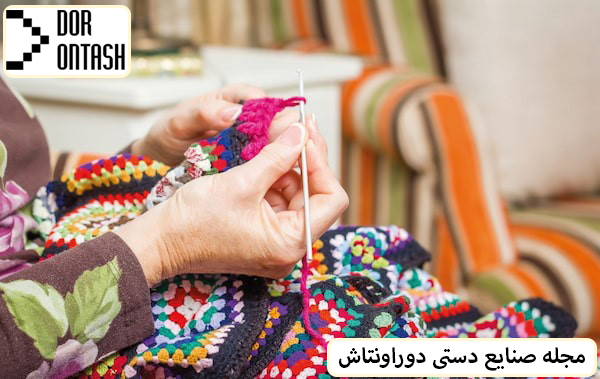 Buying knitted crafts
Buying knitted crafts
To buy knitted handicrafts , instead of traveling to different cities, we can easily choose and buy the goods we need by visiting the handicrafts online store and have them delivered at home. Today, many stores have been established in the field of various art industries and offer various art products to art lovers. The largest handicraft store in the country, namely Khatamkhane, is a good place to buy artistic products with a lot of these arts and crafts.

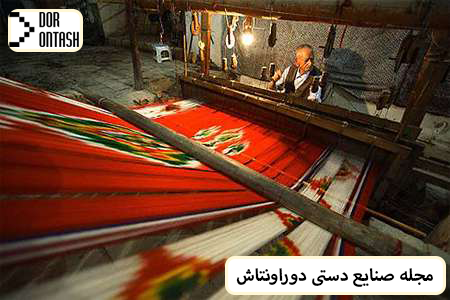 Traditional machine iranian knitting crafts:
Traditional machine iranian knitting crafts: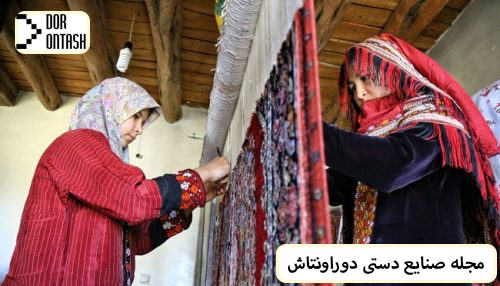 Velvet:
Velvet: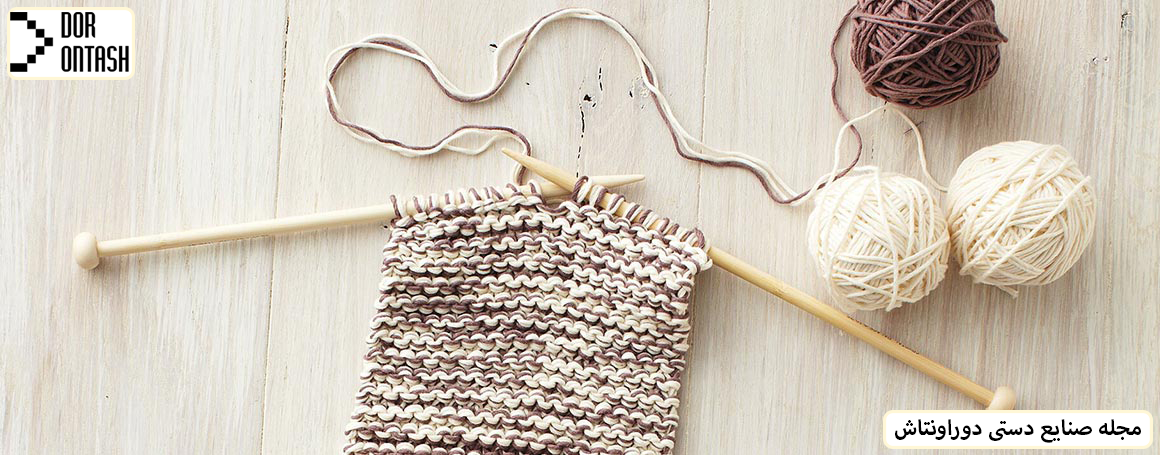 ass
ass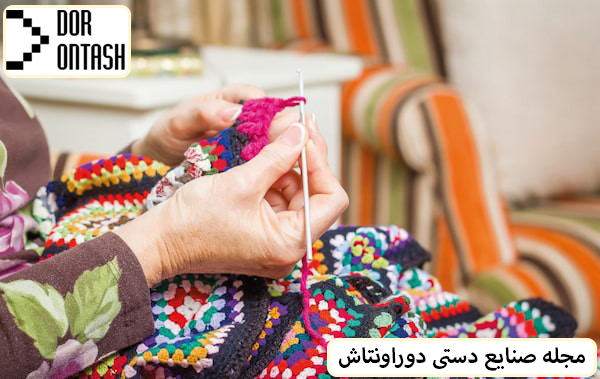 Buying knitted crafts
Buying knitted crafts
